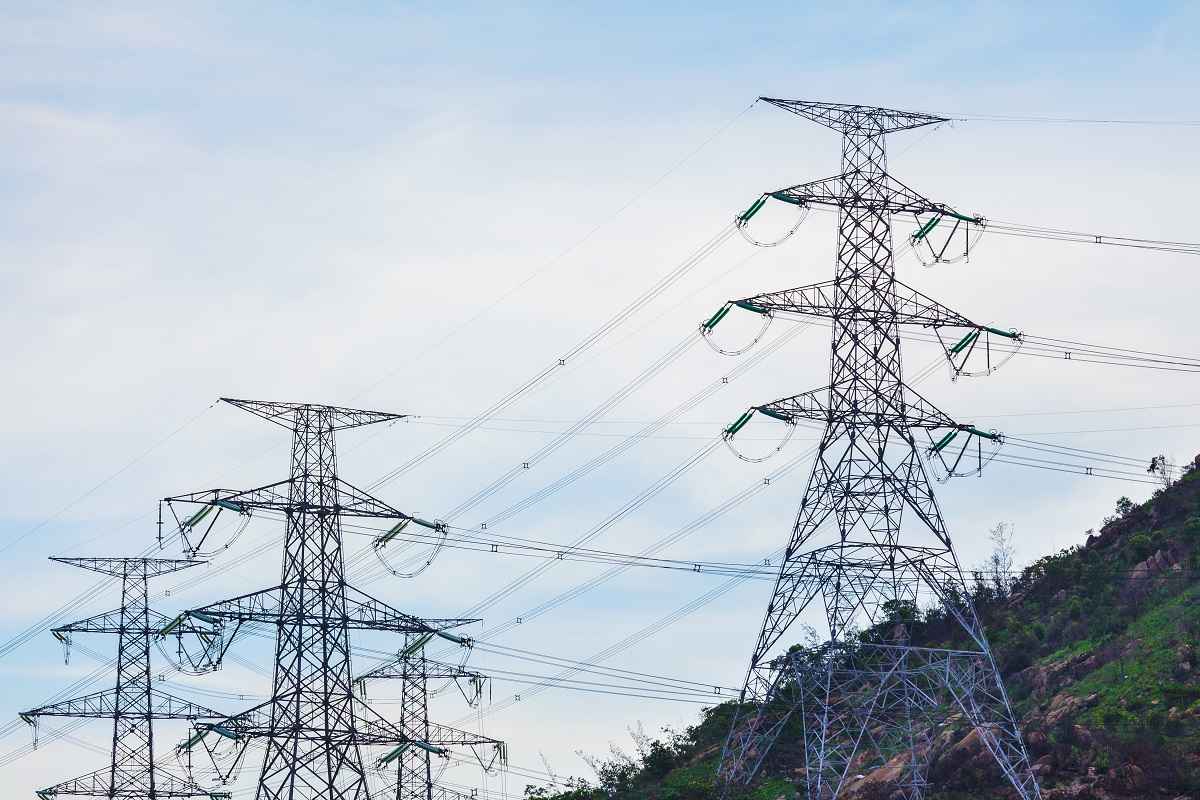What Are Microgrid Systems?
Microgrid systems are localized energy grids that can operate independently or in conjunction with the main power grid. These systems are designed to provide energy resilience, promote renewable energy integration, and increase energy efficiency. A microgrid typically consists of energy sources, energy storage, and a control system that manages energy flow and distribution. Microgrid systems can be used in a variety of settings, including communities, campuses, military bases, and remote locations.
One of the key features of microgrid systems is their ability to operate independently from the main power grid, known as islanding. This capability allows microgrids to provide power during grid outages, enhancing energy resilience and reliability. Microgrid systems can be connected to the main grid but can switch to independent operation when needed.
Microgrid systems often integrate renewable energy sources such as solar, wind, or small-scale hydroelectric power. This integration promotes sustainability and reduces reliance on fossil fuels. Microgrids can also include energy storage components like batteries, enabling them to store excess energy for later use and manage energy demand effectively.
Control systems play a crucial role in microgrid systems. These systems use advanced software and technology to manage energy flow, monitor energy sources, and optimize energy distribution. Control systems ensure that microgrids operate efficiently and can respond to changing energy demands.
Microgrid systems are increasingly being used in remote locations and developing regions where access to the main power grid is limited or non-existent. They offer a reliable and flexible solution for providing energy to areas with challenging infrastructure.
Overall, microgrid systems represent a modern approach to energy distribution, focusing on resilience, sustainability, and flexibility. They require a combination of engineering expertise, renewable energy integration, and advanced control systems to operate effectively.
Why Learn About Microgrid Systems Nowadays?
Learning about microgrid systems is more relevant than ever as the energy industry seeks to improve grid resilience, promote renewable energy, and address the challenges of climate change. Microgrid systems offer a solution to these challenges by providing localized energy generation and storage. Here are some reasons why learning about microgrid systems is valuable:
First, microgrid systems are crucial for energy resilience. By providing localized energy generation, microgrids can operate independently during grid outages, enhancing energy reliability. Learning about microgrid systems gives you the skills to contribute to energy resilience and ensure a stable energy supply.
Second, microgrid systems play a key role in renewable energy integration. These systems often incorporate renewable energy sources like solar and wind, reducing the carbon footprint of energy production. By learning about microgrid systems, you can support the transition to renewable energy and promote sustainability.
Third, learning about microgrid systems offers a wide range of career opportunities. Professionals with expertise in microgrid systems can work in various fields, including energy engineering, renewable energy development, utility management, and sustainability consulting. The ability to design and manage microgrid systems is highly valued, providing career growth and development opportunities.
Work in Microgrid Systems
Working in microgrid systems involves a range of roles and responsibilities related to designing, developing, and managing localized energy grids. Microgrid professionals collaborate with various stakeholders, including energy engineers, utility companies, and renewable energy developers, to create and operate microgrid systems that provide energy resilience and promote sustainability.
A typical day for a microgrid professional might include designing microgrid components, analyzing energy flow, and coordinating with project teams. Microgrid professionals use tools like energy modeling software, microgrid control systems, and energy storage technology to ensure that microgrid systems operate efficiently and meet energy demands.
Microgrid professionals often specialize in specific areas, such as renewable energy integration, energy storage, or microgrid control systems. Each specialization requires unique skills and knowledge. For example, renewable energy integration experts focus on incorporating solar and wind into microgrids, while energy storage specialists design battery systems for energy storage and demand response.
The work environment for microgrid systems can vary, with professionals spending time in offices, on-site at microgrid projects, and in meetings with stakeholders to discuss project development and operation. This variety adds to the appeal of the career, offering a mix of technical work and project management.
Career progression in microgrid systems can lead to roles like senior microgrid engineer, microgrid project manager, or director of microgrid systems. With experience, professionals may move into leadership positions, overseeing microgrid development and driving microgrid strategies. Some choose to work in consulting, providing expertise in microgrid systems to various organizations.
Why Are Microgrid Systems Crucial for Innovation?
Microgrid systems are crucial for innovation because they offer a flexible and resilient approach to energy distribution that can incorporate renewable energy sources. Microgrids drive innovation by promoting energy resilience, renewable energy integration, and energy independence. Here are some reasons why microgrid systems are key to fostering innovation:
First, microgrid systems foster energy resilience and reliability. By providing localized energy generation, microgrids can operate independently from the main power grid, enhancing energy reliability. This focus on energy resilience drives innovation by encouraging the development of localized energy solutions.
Second, microgrid systems are essential for renewable energy integration. By incorporating solar, wind, and other renewable energy sources, microgrids promote the transition to a low-carbon economy. This emphasis on renewable energy drives innovation by encouraging the adoption of sustainable energy technologies.
Third, microgrid systems support energy independence and flexibility. Microgrids allow communities and organizations to generate their energy, reducing reliance on external sources and providing greater control over energy use. This focus on energy independence fosters innovation by promoting energy-efficient practices and supporting the development of advanced energy storage technologies.


